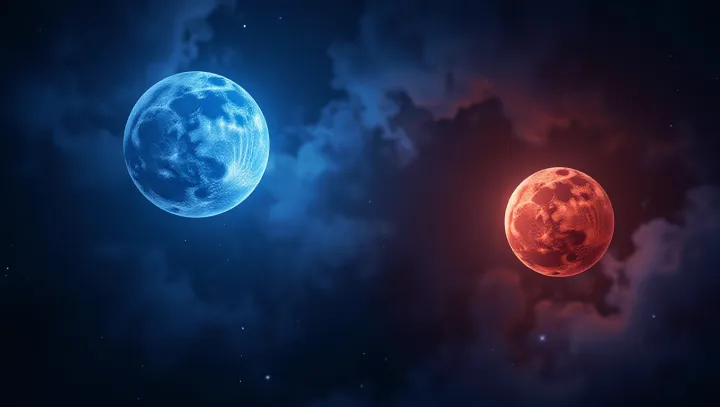Unveiling Cosmos: Blue and Red Moons

In the world of astronomy, the terms 'Blue Moon' and 'Red Moon' hold a unique allure. While they might conjure images of mythical lunar events, these terms relate to natural phenomena that sky enthusiasts eagerly anticipate. A 'Blue Moon' refers to the occurrence of a second full moon within a single calendar month.
Despite its name, no change in color occurs; it is rather an infrequent event that diverges from the regular monthly full moon cycle. Conversely, a 'Red Moon', often referred to as a Blood Moon, occurs during a total lunar eclipse. During this event, the Earth positions itself between the sun and the moon, causing the moon to take on a reddish hue due to Earth's atmospheric scattering of sunlight.
These celestial events do more than captivate stargazers; they reflect complex lunar cycles and astrological dynamics. Observatories in regions such as Hawaii and the Atacama Desert are prime locations for witnessing these phenomena. Dr.
Jane Armstrong, a renowned astrophysicist, explains, 'Blue and Red Moons are spectacular reminders of the intricate dance of celestial bodies. They offer not only a visual spectacle but a chance to comprehend the vastness of our universe.'.
